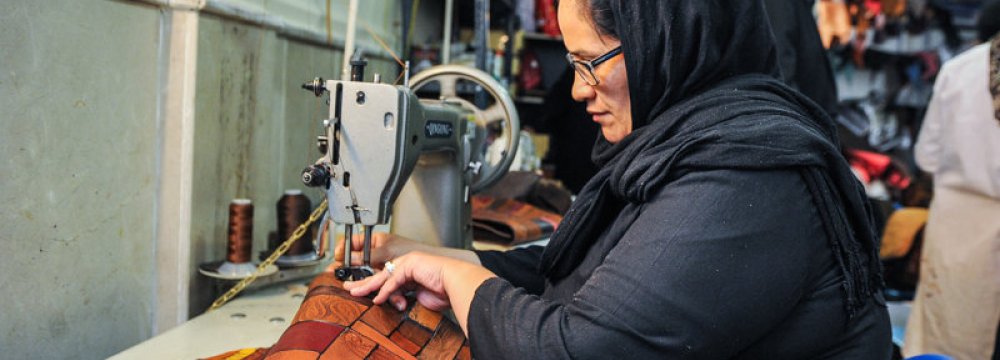Demographics in and from the developed world was, and is, indicative of the pattern of living and dying alone. The same is true, but to a much lesser degree, in the orient where family values and traditions are still held in high esteem.
The negative pattern of solitary living, unfortunately, is catching up with Iranians, according to official data, and sociologists and demographers are understandably concerned.
Available stats indicate that an increasing number of Iranians are living alone, either choosing to remain single or as a result of divorce, death of spouse or preferring independence from the family.
Based on data released by the Statistical Center of Iran, the number of Iranian households increased from 21 million in fiscal March 2011-12 to more than 24 million in March 2016-17.
“This does not necessarily indicate increase in the number of family units. While families are formed as a result of marriage, the definition of household also includes single people living independently,” says Shahla Kazemipour, a demographist with Tehran University, ISNA reported.
The increase in the number of households is also not proportional to population growth. While the average household growth rate in Iran is 2.7% per annum, population growth rate stands at 1.24%.
While part of the increase in households is a result of the baby boomers of the 1980s reaching marriage age, the expert says it is also a result of more people living alone, voluntarily or otherwise.
“Some people who lived with their families at a younger age tend to become independent as they get older and are therefore regarded as a separate household,” she said.
Another demographic trend in Iran is the decrease in average household size. “The average household size was estimated to be 3.3 people per household during last calendar year that ended in March. The figure was 5.5 in the early 1980s,” the news agency quoted her as saying.
An estimated 21 million men are the breadwinners of their families, accounting for 87% of the total households, as against three million women heads of households or 13% of the total.
“Moreover, of the 21 million male heads of households, 690,000 or 3.2% live alone while the ratio is much higher among women. Of the three million female heads of households, 1.36 million or 45% live alone,” she noted.
Another trend deduced from analyzing the demographic shift is the rise in marriage age by about four years during the past four decades. “The average age of marriage in the calendar year that ended in March stood at 28.8 years for men and 24 years for women. This is while the average marriage age was 24.5 for men and 20 years for women in the early 1980s,” the university instructor said.






Add new comment
Read our comment policy before posting your viewpoints